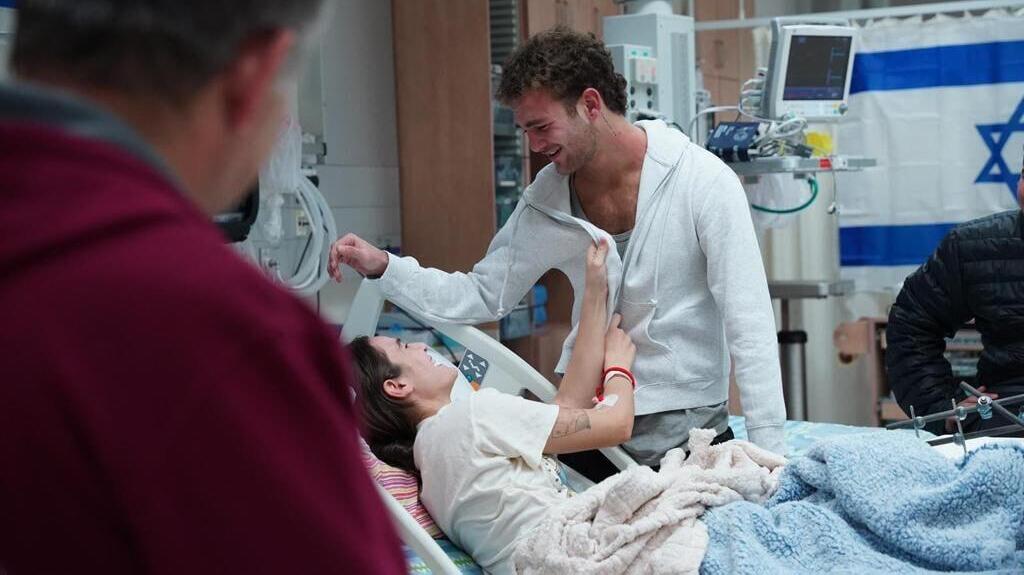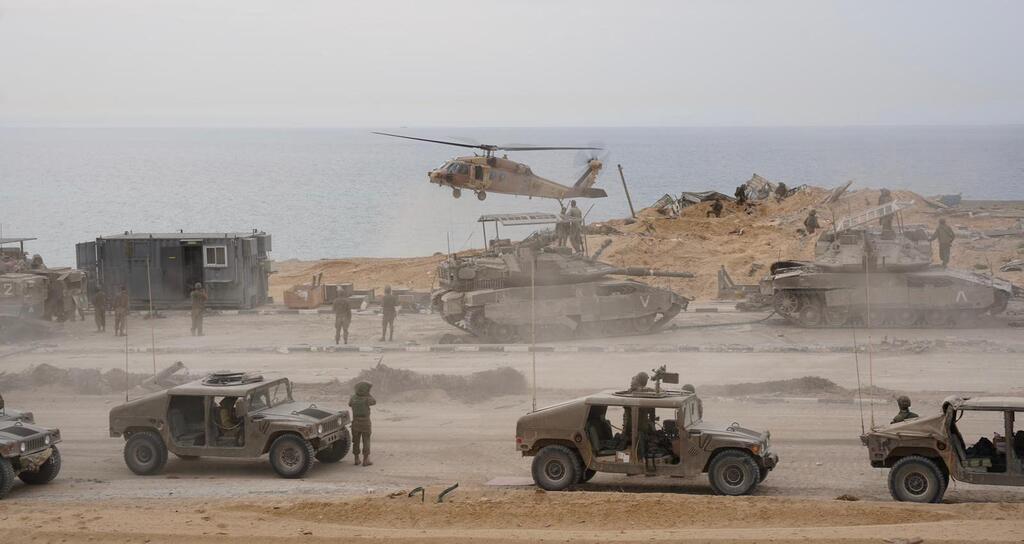Getting your Trinity Audio player ready...
Mika Nakash (20) grew up with Mia and Itay Regev when their father and her mother married. 'They've been together for 13 years so we grew up as siblings. They are my brother and sister in all ways," she says. As a photographer for the IDF, she entered Gaza with the forces, all too aware that the hostages were near and that as hard as conditions were for her in the field, it was harder on them.
Read more:
Nakash had already documented military operations in Jenin and Nablus, and when the war started she was among the first women to enter the Gaza Strip. For 32 days Naksh was inside Gaza, documenting the Shahar Battalion and its Search and Rescue company, and accompanied infantry units fighting there. "What got me was the smell," she says.
"I tried to convey that as well as visuals that are not necessarily familiar. Gaza's pictures in the media are very monotonous. I wanted to soften the images not to beautify Gaza, but to focus on other aspects. I took portraits of soldiers, I wanted to bring out the person behind the picture. I photographed them in all kinds of situations. For example, soldiers on break who played poker with water bottle caps, or those who made ashtrays from paper mache. Everyone found their own way to deal with the situation."
6 View gallery
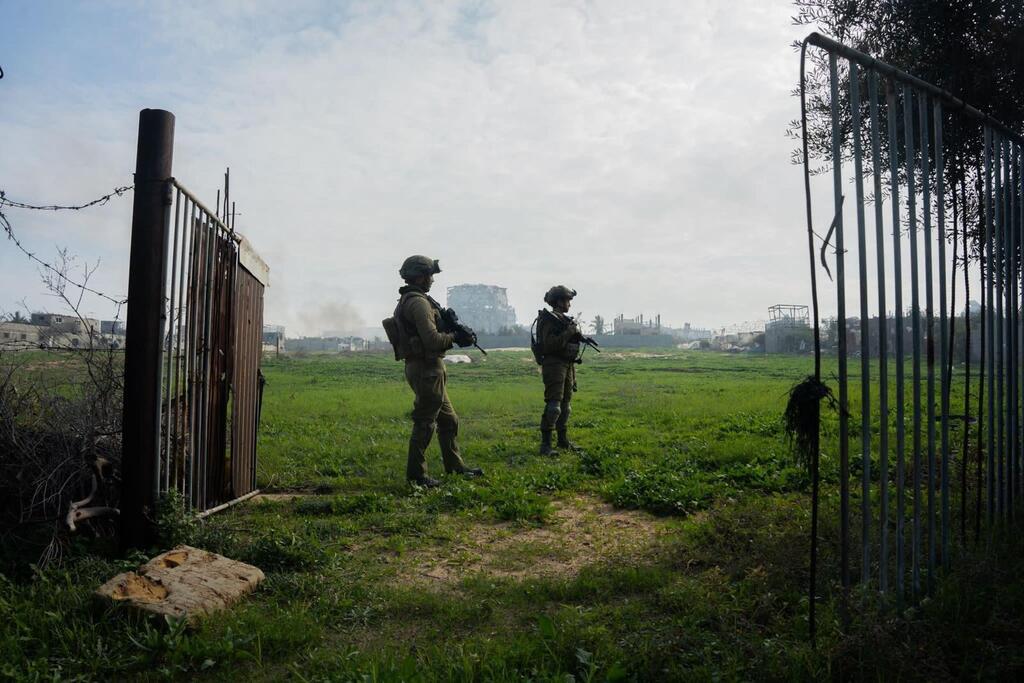

Mika Nakash shows the good side of the IDF in Gaza
(Photo: Mika Nakash, IDF Spokesperson's Unit)
Nakash is not only a fighter, but also the step-sister of Mia and Itay Regev who were kidnapped from the Nova music festival in Re'im and were released in the hostage deal after 50 days. "Ilan is like my father, and after seeing his suffering after they were kidnapped, the uncertainty and the deep sorrow he experienced, I felt that I could not be at home. I told my commanders that I had to do something."
The weeks she was in Gaza knowing that her brother and sister were being held captive there were unbearably difficult. "There was hope that maybe the team that I am now documenting would also be their rescue team, but I also had many moments when I broke down amid the uncertainty and rumors," she said. "There was a day when one officer said that they had found dozens of bodies of hostages, which quickly turned out to be a mistake, but the thoughts that they may have died were already in my mind."
6 View gallery
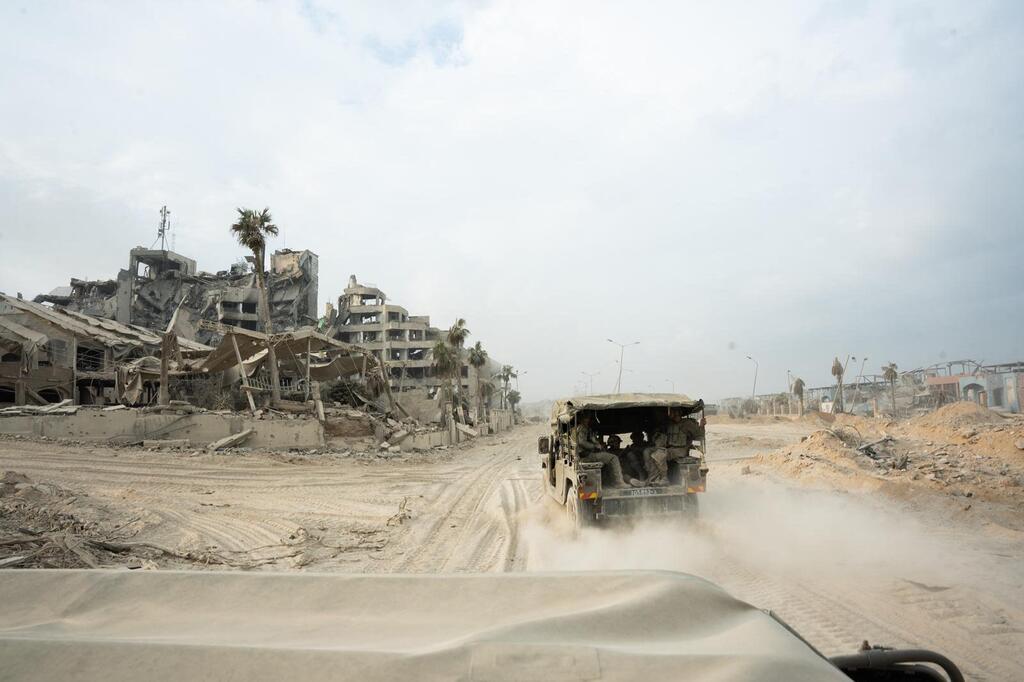

Corporal Mika Nakash documents IDF operations in Gaza war
(Photo: Mika Nakash, IDF Spokesperson's Unit)
Nakash wrote Mia and Itay's names on the beach of Gaza, "I sent their father this, and when I went out on leave for the first time he told me that next time I come out, I must bring them with me. and that's what happened. The second time I was out on leave, the hostage releases were taking place and they returned home ."
Nakash returned to the Strip. "I felt that I was not finished and I should continue what I had started. I felt that I had a personal need to document more. People asked me why I was risking my life for a photograph but I said that was my mission. Getting the truth out, messaging is a great part of the war."
6 View gallery
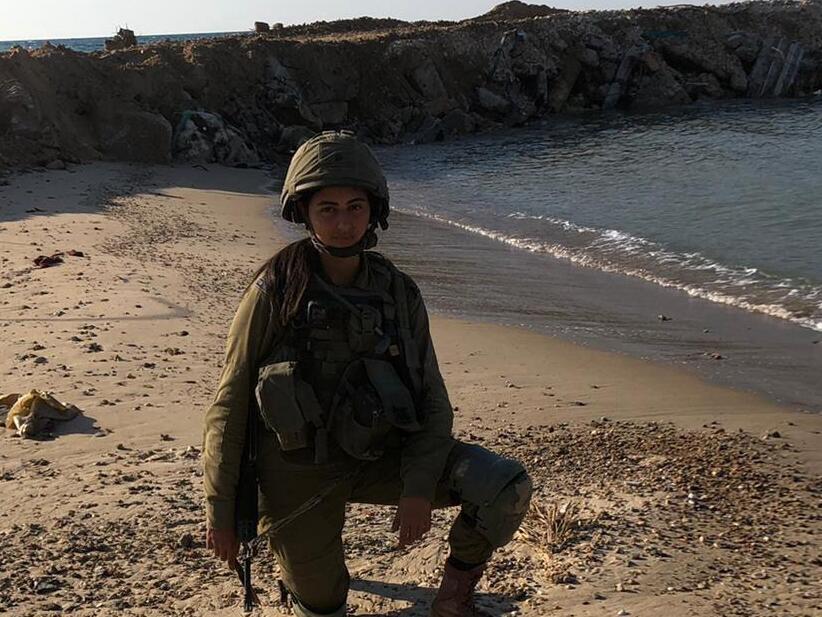

Mika Nakash writes her siblings' names on Gazan beach before their release
(Photo: Mika Nakash, IDF Spokesperson's Unit)
One of the moments she takes from Gaza is when she accompanied the Search and Rescue Unit at the beginning of the ground offensive. "I was worried about the difficult sights and there was also the moral dilemma, whether to photograph certain things or not, if it is appropriate at all," she said. "The first evacuation was a mass casualty incident and there were a lot of injured people. I chose not to photograph it in the end, but it was a critical moment, the moment I really understood where I was. I thought about the families who don't know what is happening with their children in the field and it really hit me for the first time."
6 View gallery
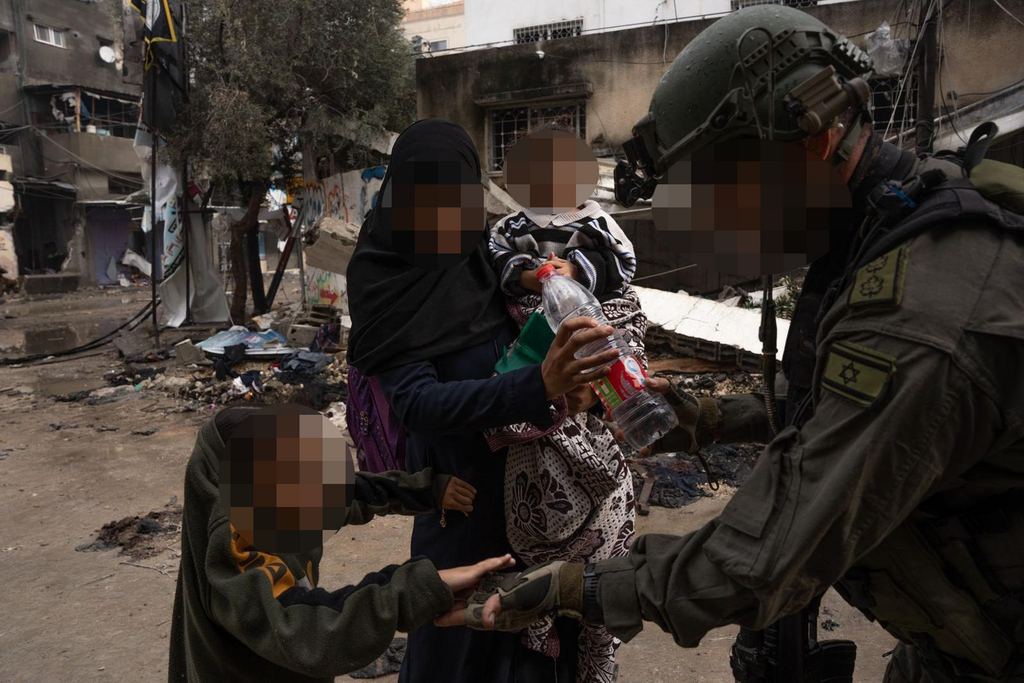

IDF soldiers treat Gazans during evacuation
(Photo: Mika Nakash, IDF Spokesperson's Unit)
The camera manages to convey almost everything, but only almost. "Especially in the humanitarian corridor," she says. "There you see the beautiful side of the IDF. How they treated the children and the elderly women is far beyond morality, and for me this is the most powerful moment. I felt that I was suddenly in a different place, but I'm not sure that I was able to convey this strong emotion on camera."



